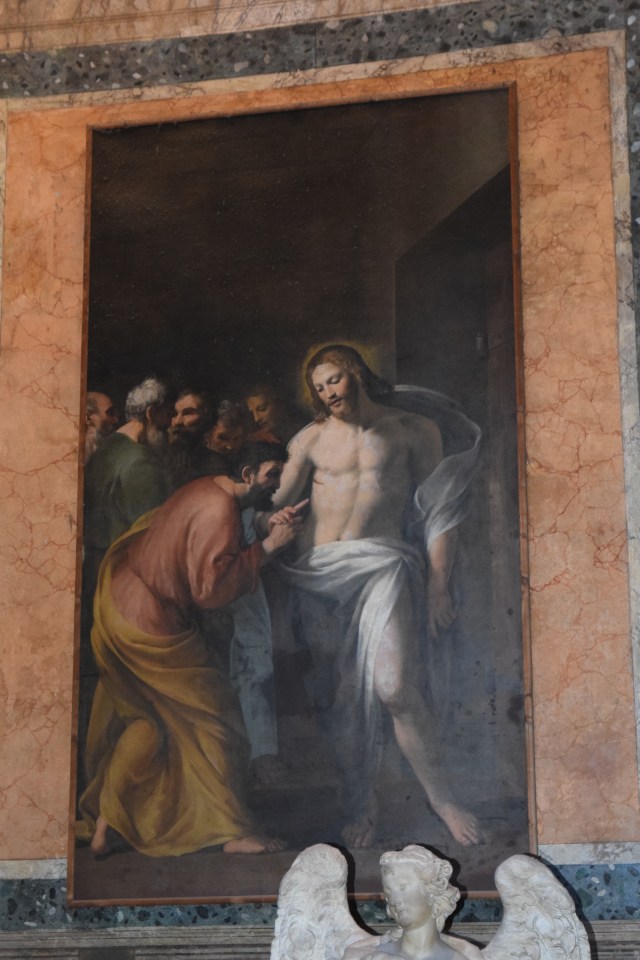As far as historical points of interest within Panama, visiting Fort San Lorenzo is definitely a key site to visit. The Chagres River was a key method of transportation across the isthmus of Panama during the 1500’s as Spain used it to transport gold from its conquests in Mexico and South America to the Caribbean Sea where they could return it to Spain. It wasn’t long before pirates began attacking the ships as they made their way to the sea, so Spain built Fort San Lorenzo around 1560 to protect their ships from the pirates.




The pirates that attacked the ships were not the ones of a Disney movie and were vicious and ruthless. Over the next 40 years, the fortifications at the fort continued to evolve as the fort became more secure. One of the first things that you notice as you visit the remains of the fort is that the canons all face inland and not towards the river. This is because the attacks on the fortress actually occurred from land as the pirates tried to take control of the high point above the river. The cliffs around the fortress are far too steep for anyone to attack the fort from the river. The fortress also has two motes around it providing the ability to trap attackers as the soldiers retreated into the interior walls.




The fort was attacked and pretty much put into ruins in 1670 by the infamous pirate, Henry Morgan (from Captain Morgan rum fame). It was pretty much abandoned after that, but it was used as a prison during part of the 1700’s. Spain abandoned travel through the isthmus in favor of traveling around Cape Horn, but it became a popular route once again during the gold rush of 1848. The fort was made a UNESCO World Heritage Site in 1980 and is part of the current Panama Canal.




You travel through a national park on your way to the fortress and during our ride, we stopped several times to see monkeys, a tree sloth, and most interestingly, an anteater in the trees. We spent about an hour walking through the ruins and despite being a world heritage site, our group was all alone during our time there. Afterwards, we set up chairs underneath a tree to enjoy some lunch. We did have one visitor during our lunch as a tarantula poked his head out of a hole in the tree to see what we were eating. We would definitely recommend that you put Fort San Lorenzo on your itinerary when visiting Panama City.




















































